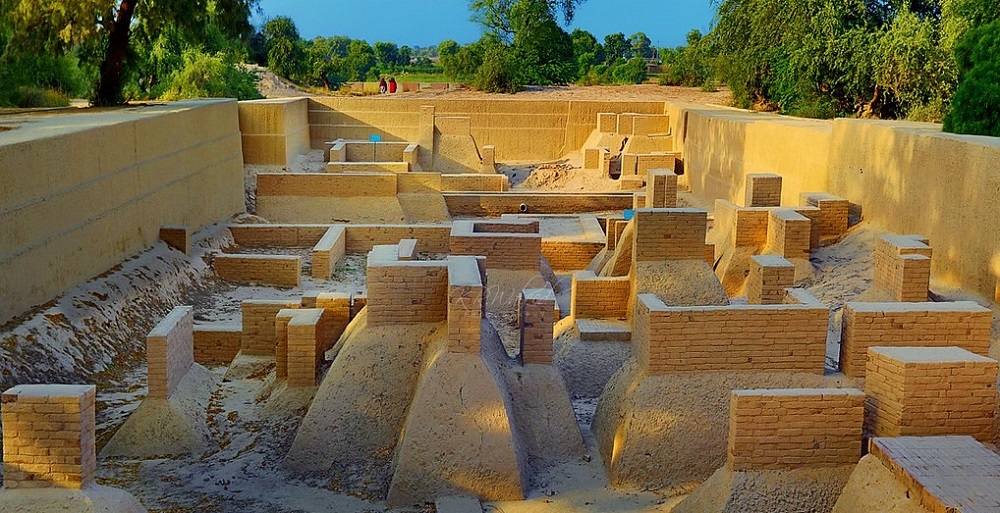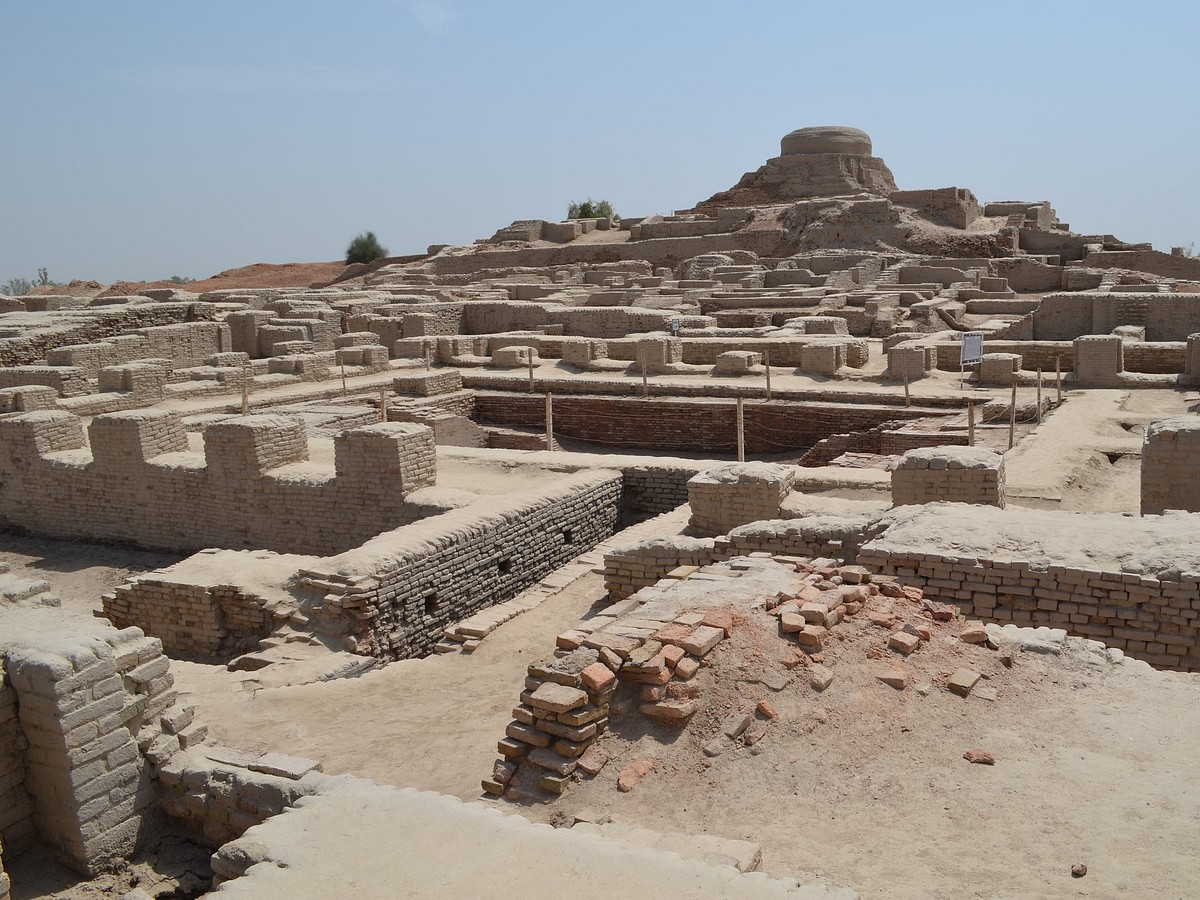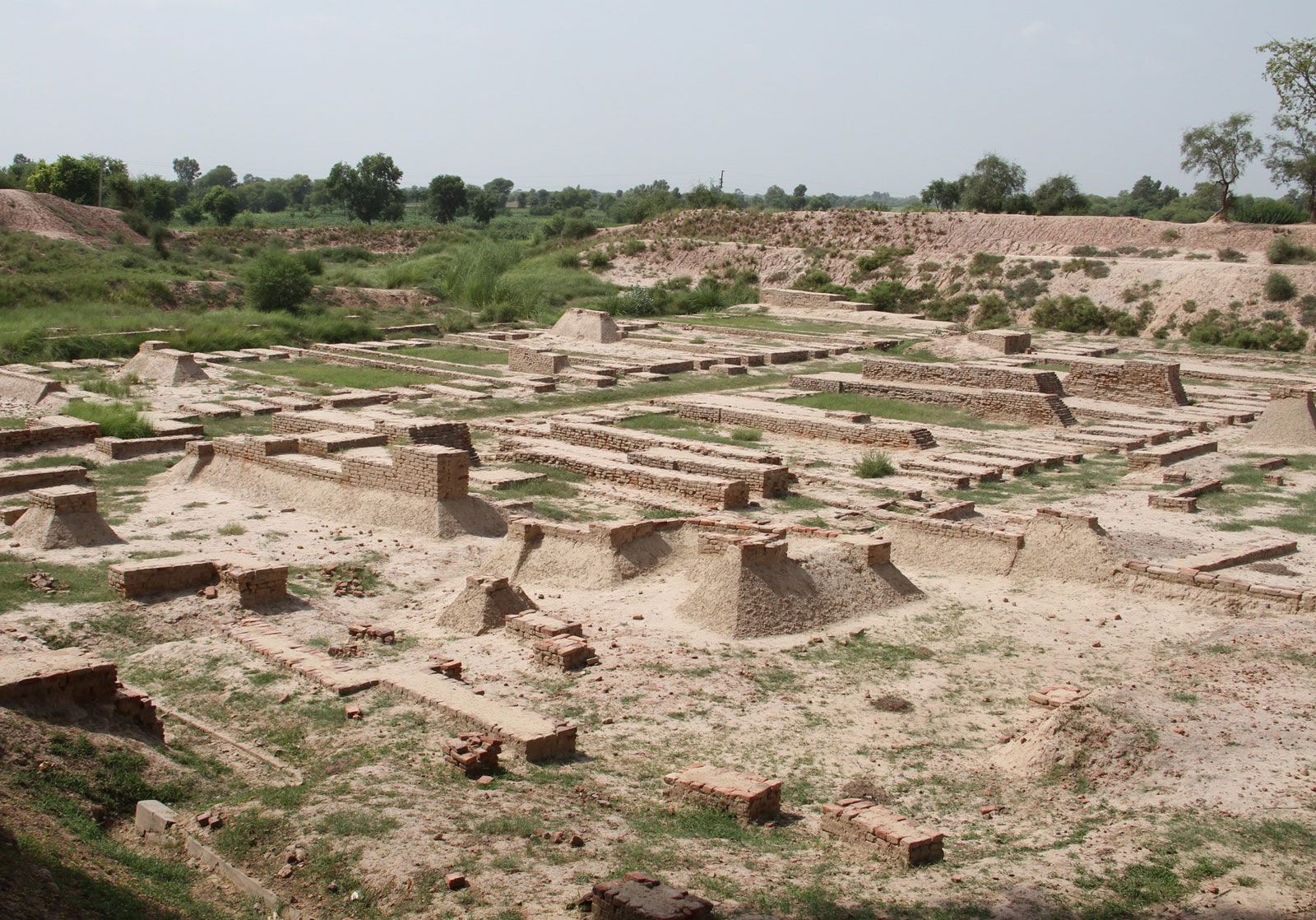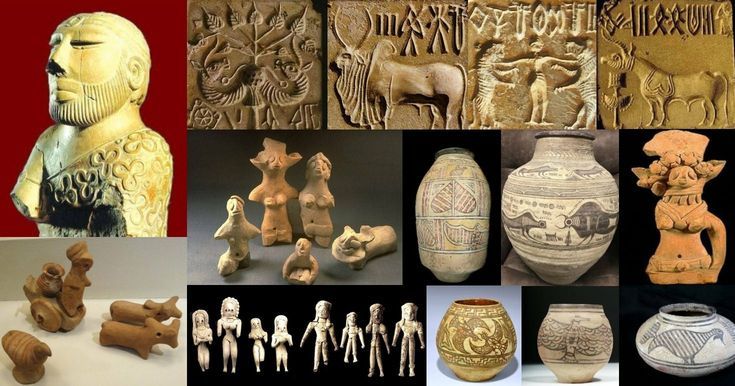Harappa

Introduction
Harappa is an archaeological site in Punjab, Pakistan, and one of the most important urban centers of the ancient Indus Valley Civilization. Dating back to around 2600 BCE, Harappa represents one of the earliest examples of urban planning, architecture, and social organization in South Asia.
Historical Background
Harappa was first discovered in the 1920s and has since provided critical insights into one of the world's earliest urban civilizations. It is believed to have been a thriving city with trade links, sanitation systems, and structured governance more than 4,500 years ago.
Architecture and Features
- Urban Layout: The city was laid out in a grid pattern with residential, commercial, and administrative zones.
- Drainage: Harappa featured a remarkably advanced drainage and sewage system connected to individual homes.
- Artifacts: Excavations have revealed tools, pottery, seals, and jewelry that reflect a rich cultural life.
Cultural Significance
Harappa stands as a key indicator of early human civilization in South Asia. It reflects the sophistication of the Indus Valley people in governance, craftsmanship, and trade. The site remains vital for understanding prehistoric human settlements.
Preservation Efforts
Harappa is protected by the Department of Archaeology, Government of Pakistan. Conservation work and a site museum help educate the public and preserve artifacts for future generations.
Quick Facts
- Established: c. 2600 BCE
- Location: Sahiwal District, Punjab, Pakistan
- Discovered: 1921
- Known for: Urban planning, drainage, artifacts
- Culture: Indus Valley Civilization
Image Gallery




Harappa
Location: Sahiwal District, Punjab, Pakistan
Harappa is one of the most important sites of the Indus Valley Civilization, known for its early urban culture and sophisticated city planning.
Learn more